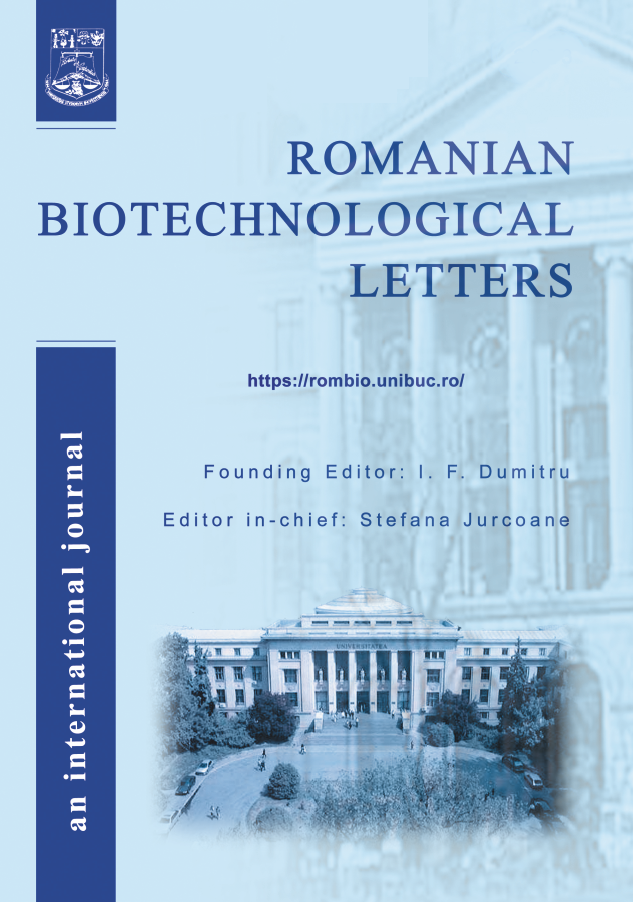Grain Yield Seed Hybrids Maize per Different Way of Detasseling
DOI:
https://doi.org/10.25083/rbl/27.4/3617.3622Cuvinte cheie:
maize, hybrid, grain yield, seed, detasselingRezumat
The experiments were conducted in field conditions, comprising two maize hybrids and two methods of detasseling, in the period 2014-2016 in a randomised block design. The seed yield was 3.64 t/ha, as average for all the hybrids and the methods of detasseling. “Suanito“ yielded 2.88 t/ha while “MAS 26K“ yielded 4.41 t/ha. The highest yield was obtained in 2015 (3.81 t/ha), then in 2014 (3.47
t/ha), while the lowest yield was obtained in 2016 (3.12 t/ha). Manual detasseling resulted in the seed yeld of 3.94 t/ha, whereas a significantly lower yield was achieved with mechanised detasseling (3.34 t/ha). There was a highly significant interaction found between the year and the hybrid, the year and the method of detasseling and the hybrid and the method of detasseling, whereas there was a significant interaction between the year, the hybrid and the method of detasseling.




